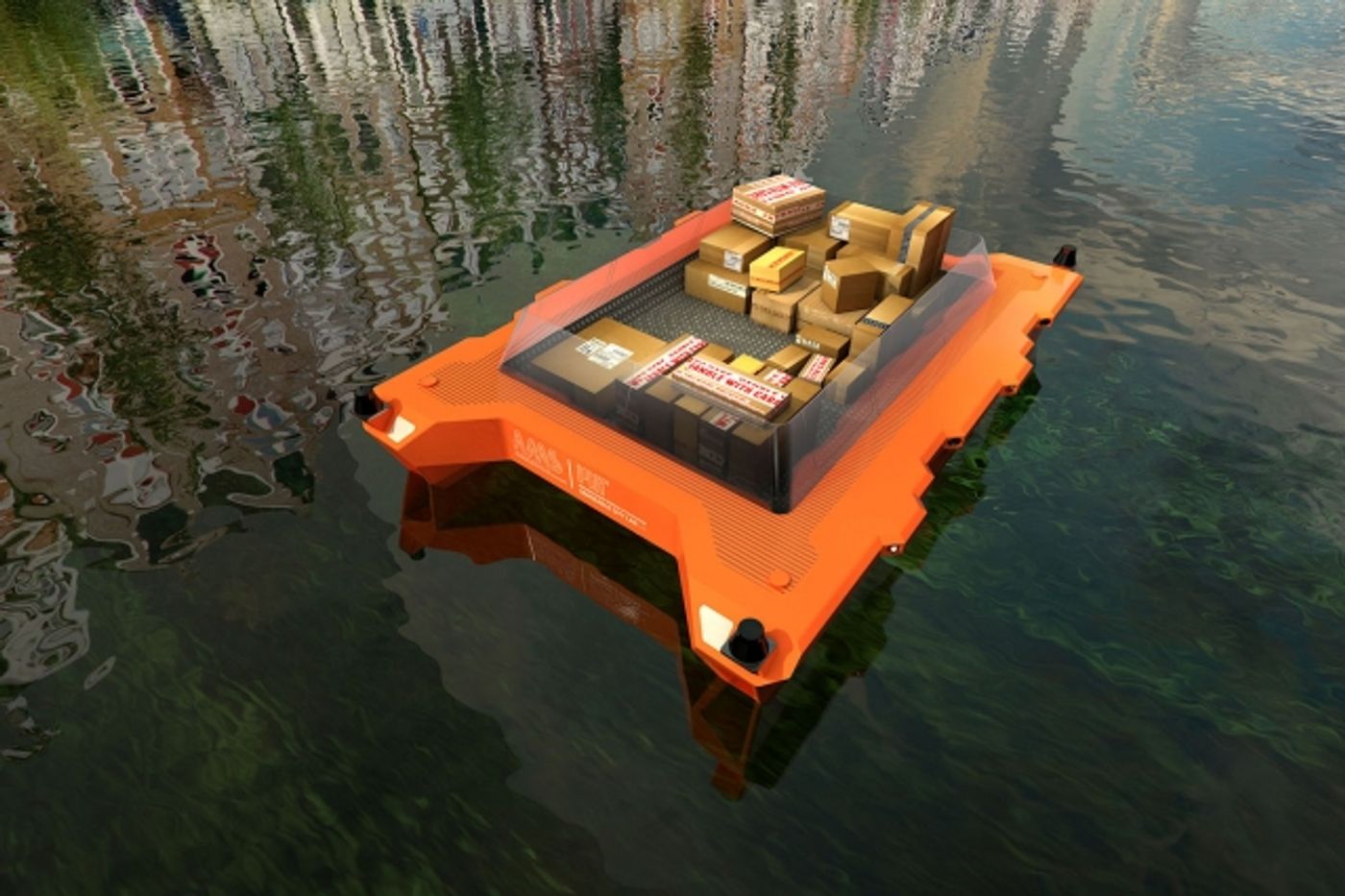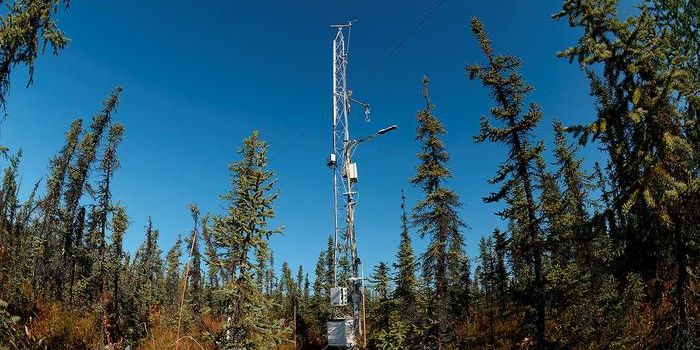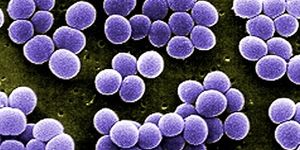Driverless Boats to Ease Traffic, Assemble Into Bridges
The latest newcomers to the driverless vehicle parade are arriving by water: they’re MIT’s autonomous, 3D-printed boats. Full-size and small-scale prototypes of the rectangular boats have now been tested. The team of international engineers who created the vessels think they will make city life better in several ways. These include improving and diversifying an urban areas’ options for transportation, utility delivery and environmental monitoring, and possibly even adding entertainment spaces.
The project is part of an initiative called “Roboat” being carried out by MIT’s Computer Science and Artificial Intelligence Laboratory, the Senseable City Lab in the Department of Urban Studies and Planning, and the Amsterdam Institute for Advanced Metropolitan Solutions. Cities with bustling waterways like Amsterdam, Bangkok and Venice are foci for potential autonomous boat implementation.
Using Driverless Boats in Cities
The boats can be used to ferry people and goods, which may reduce roadway traffic. They might also be able to carry out city utilities at night. The designers envision programming and outfitting them with the versatility to combine into larger vessels or assemble themselves into floating bridges, platforms or stages as needed. All of these Transformer-like functions could potentially add ease and variety to congested city environments.
CSAIL Director Daniela Rus is a co-author of the corresponding paper presented at the Institute of Electrical and Electronics Engineers International Conference on Robotics and Automation in May 2018. She said:
Imagine shifting some of infrastructure services that usually take place during the day on the road — deliveries, garbage management, waste management — to the middle of the night, on the water, using a fleet of autonomous boats.
The robotic boats’ designers are also considering giving them environmental sensors to monitor water quality, thereby benefiting public and environmental health.
Making Autonomous Boats
Because the driverless boats can be 3D-printed, making them in mass would be possible, MIT News explains. Their rectangular, 4-meter-long by 2-meter-wide hulls are printed in 16 sections - this takes about 60 hours. The sections are then sealed into one boat with fiberglass. The vessels are rectangular, so they can move in any direction equally well. They also have thrusters on each of their four sides to power multi-directional travel.
The hulls contain a Wifi antenna, power supply, and mini-computer and -controller. They are capable of navigating with great precision, thanks to an ultrasound beacon system, live GPS modules and an inertial measurement unit, or IMU, which monitors the boat’s velocity and yaw, or side-to-side motion. The boats have also been designed to rely on sophisticated trajectory-tracking algorithms that enable highly precise movement and docking. Working in concert, this navigation and orientation tech can determine the boat’s position and direction in real-time with centimeter-precision.
“The controller considers the boat dynamics, current state of the boat, thrust constraints and reference position for the coming several seconds to optimize how the boat drives on the path,” said co-author Wei Wang, who is a a joint postdoc in CSAIL and the Senseable City Lab.
Versions of the boats have been piloted and tested in Amsterdam’s canals, the Charles River in Maryland and swimming pools. One of the engineers’ future goals is to help the vessels adapt to changing cargo weight, currents and other water traffic.
Source:










